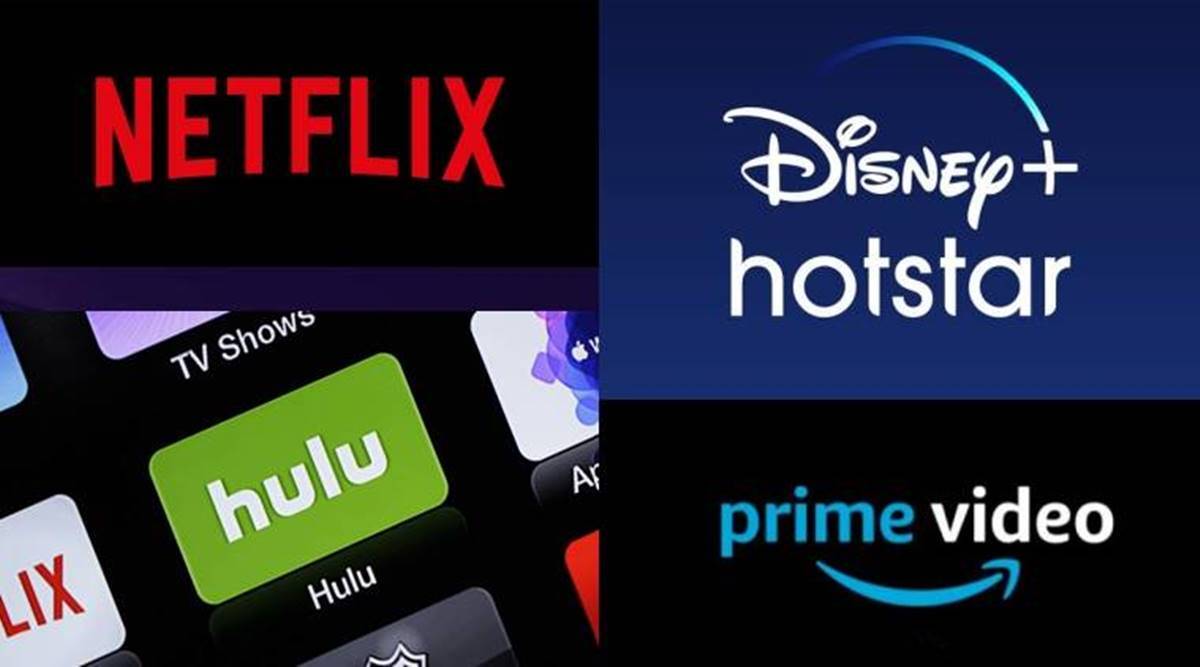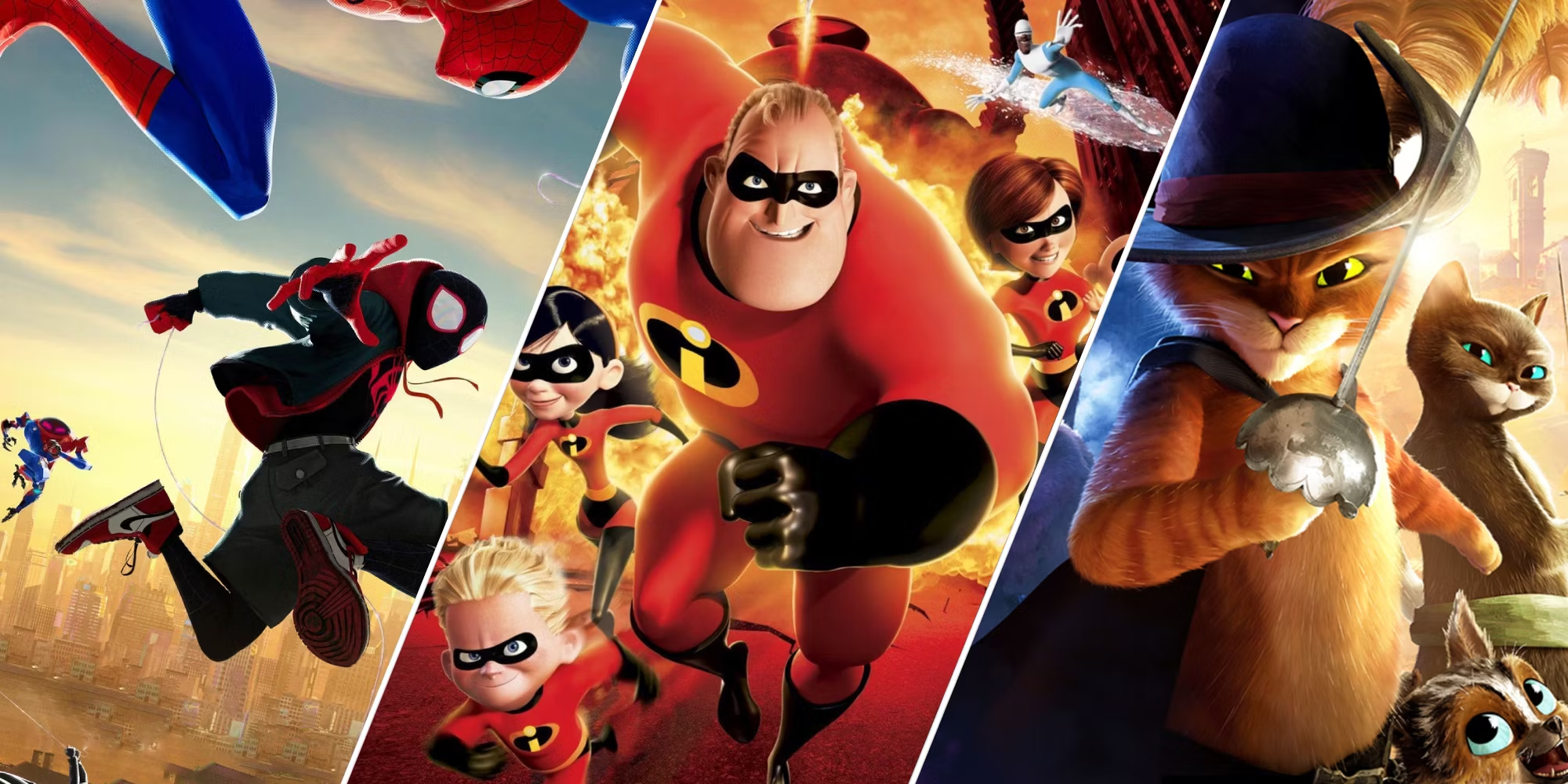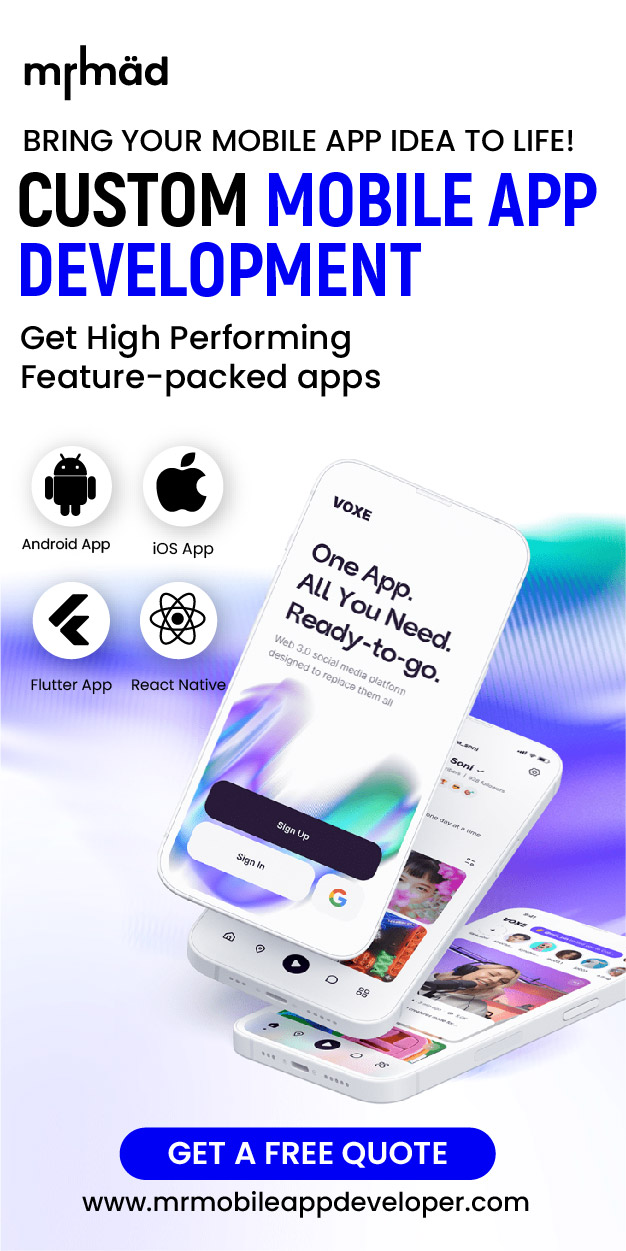The Impact of OTT Platforms on Traditional Television: Navigating the Streaming Revolution
The coming of Over-The-Top (OTT) stages has introduced another period of amusement utilization, on a very basic level reshaping

The coming of Over-The-Top (OTT) stages has introduced another period of amusement utilization, on a very basic level reshaping the elements of the customary broadcast business. With the ascent of real time features like Netflix, Amazon Prime Video, Hulu, and Disney+, watchers presently have remarkable admittance to a huge swath of on-request happy, testing the strength of link and satellite television.
In this article, we dig into the complex effect of OTT stages on conventional TV, analyzing key patterns, changes in watcher conduct, and the advancing methodologies of the two occupants and disruptors.
Changing Viewership Patterns
One of the most perceptible impacts of OTT stages on conventional TV is the change in viewership designs. Progressively, crowds are shunning direct television plans for favor of on-request streaming, where they have more prominent command over what, when, and how they watch content.
This pattern towards “marathon watching” whole series at a time has disturbed conventional promoting models and constrained telecasters to adjust their systems to connect with watchers in a period of exceptional decision.
Competition and Fragmentation
The multiplication of OTT stages has escalated rivalry in the TV scene, prompting fracture among viewership. Rather than depending on a solitary link or satellite supplier for their diversion needs, customers currently buy into numerous web-based features, each offering its own index of unique and authorized content.
This discontinuity has made it trying for conventional Television stations to hold viewership and publicizing income, as they contend with one another as well as with new computerized participants competing for focus in an undeniably jam-packed market.
Original Content Wars
An important landmark in the opposition between OTT stages and conventional TV is the creation of unique substance. Streaming monsters like Netflix, Amazon Prime Video, and Disney+ have put billions of dollars in making restrictive shows and motion pictures, baiting top ability and getting rewarding permitting bargains.
This shift towards unique programming has upset the conventional studio framework and increased current standards for quality and development in narrating, as stages strive for Emmy and Oscar acknowledgment to improve their image eminence and supporter reliability.
Adapting to a Digital Future
In light of the ascent of OTT stages, customary broadcasting companies have been compelled to adjust their plans of action to get by in a quickly developing scene.
Many have sent off their own real time features, presenting on-request admittance to live and filed content across various gadgets. Others have embraced associations with OTT stages to contact new crowds and produce extra income through permitting and publicizing arrangements. In any case, the progress to a computerized future isn’t without its difficulties, as heritage frameworks and settled in interests slam into the requests of an evolving market.
Diversification of Content
One of the critical movements achieved by OTT stages is the broadening of content contributions.
Dissimilar to customary TV, which frequently takes care of expansive socioeconomics and standard preferences, real time features have the adaptability to target specialty crowds with specific substance. This has prompted a renaissance in narrating, with OTT stages creating a great many kinds and organizations, including narratives, unfamiliar movies, free film, and trial series.
Subsequently, watchers approach a more different exhibit of voices and viewpoints than any time in recent memory, improving the social scene and cultivating a feeling of inclusivity and portrayal in media.
Global Reach and Localization
OTT stages have additionally worked with the worldwide circulation of content, rising above geological limits and contacting crowds in practically every edge of the world.
Through limitation endeavors like naming, captioning, and local substance organizations, web-based features have had the option to defeat language obstructions and social contrasts to convey fitted encounters to watchers around the world. This worldwide reach has not just extended the crowd base for content makers yet has likewise energized diverse trade and appreciation, cultivating an additional interconnected and cosmopolitan media biological system.
Data-Driven Insights and Personalization
One of the critical benefits of OTT stages is their capacity to use information investigation and AI calculations to acquire bits of knowledge into watcher inclinations and conduct.
By following client associations, commitment measurements, and review propensities, web-based features can convey customized suggestions and arranged content proposals, upgrading the client experience and driving commitment and maintenance.
This information driven approach likewise empowers content makers and sponsors to target explicit socioeconomics with accuracy, boosting the effect of their informing and showcasing endeavors in an undeniably divided media scene.
Monetization and Revenue Models
The ascent of OTT stages has disturbed conventional income models in the broadcast business, testing the strength of publicizing driven and membership based models.
While publicizing stays a huge wellspring of income for the vast majority real time features, especially those with promotion upheld levels, others have embraced membership based models, offering premium substance behind paywalls or through layered membership plans.
Also, the rise of crossover models, for example, conditional video-on-request (TVOD) and promotion upheld video-on-request (AVOD), has given customers greater adaptability and decision by they way they access and pay for content, driving development and trial and error in adaptation methodologies.
Regulatory Challenges and Compliance
As OTT stages keep on acquiring unmistakable quality and impact in the media scene, they have become subject to expanded examination and guideline from states and administrative bodies all over the planet. Issues like substance control, restriction, information security, and tax collection have become controversial themes, with policymakers hooking to find some kind of harmony among advancement and responsibility.
The developing administrative scene presents the two difficulties and potential open doors for OTT stages, as they explore a perplexing trap of legitimate and consistence necessities while trying to keep up with their strategic advantage and market predominance.
All in all, the effect of OTT stages on customary TV reaches out a long ways past simple mechanical disturbance, enveloping changes in satisfied utilization designs, plans of action, and administrative systems. As streaming keeps on reshaping the media scene, partners across the business should adjust to the changing elements and immediately take advantage of the chances introduced by this computerized unrest.
By embracing advancement, joint effort, and imagination, the fate of TV will be characterized not by the actual medium, but rather by the people who try to push the limits of what is conceivable in the steadily developing universe of amusement.










